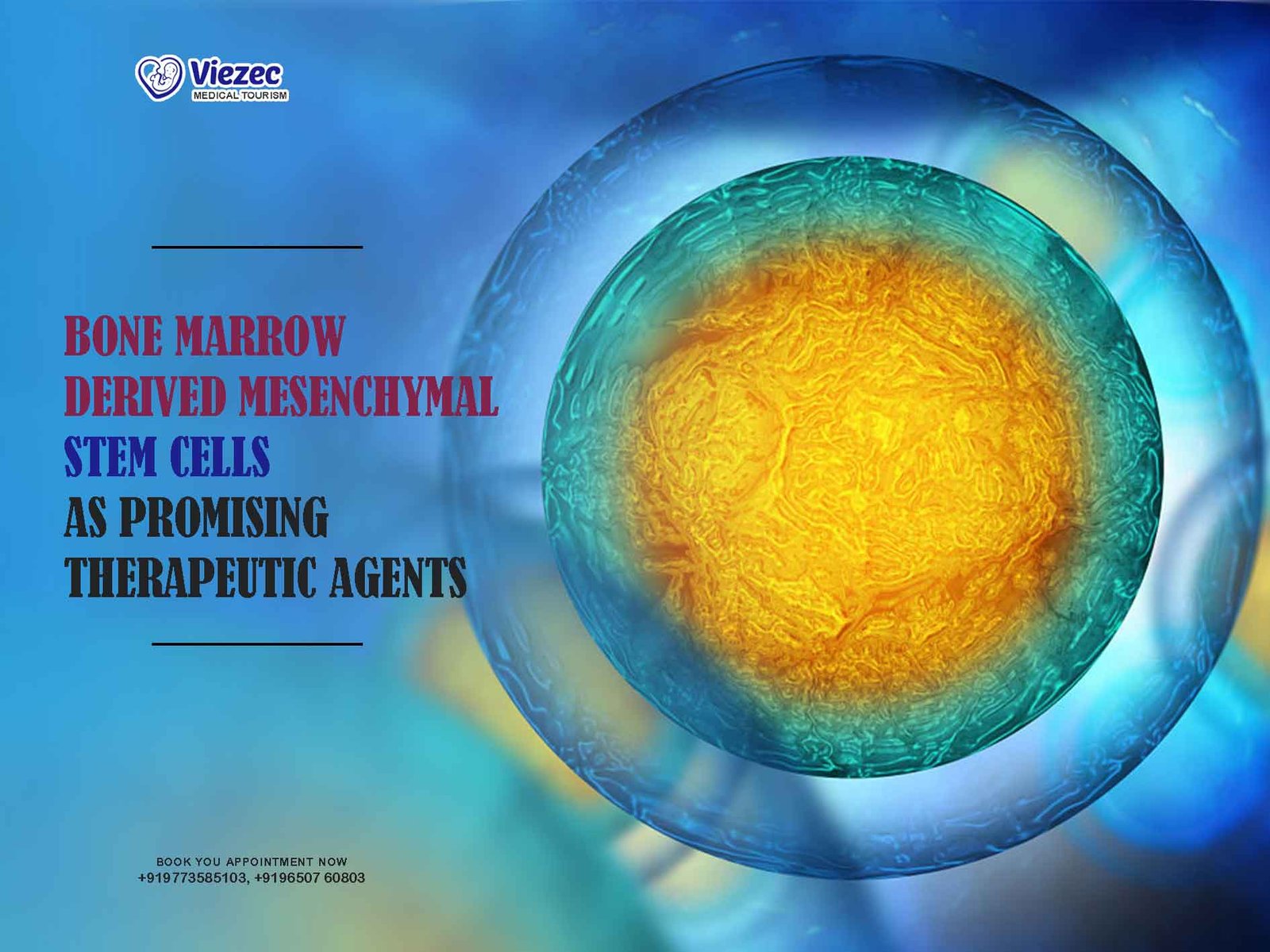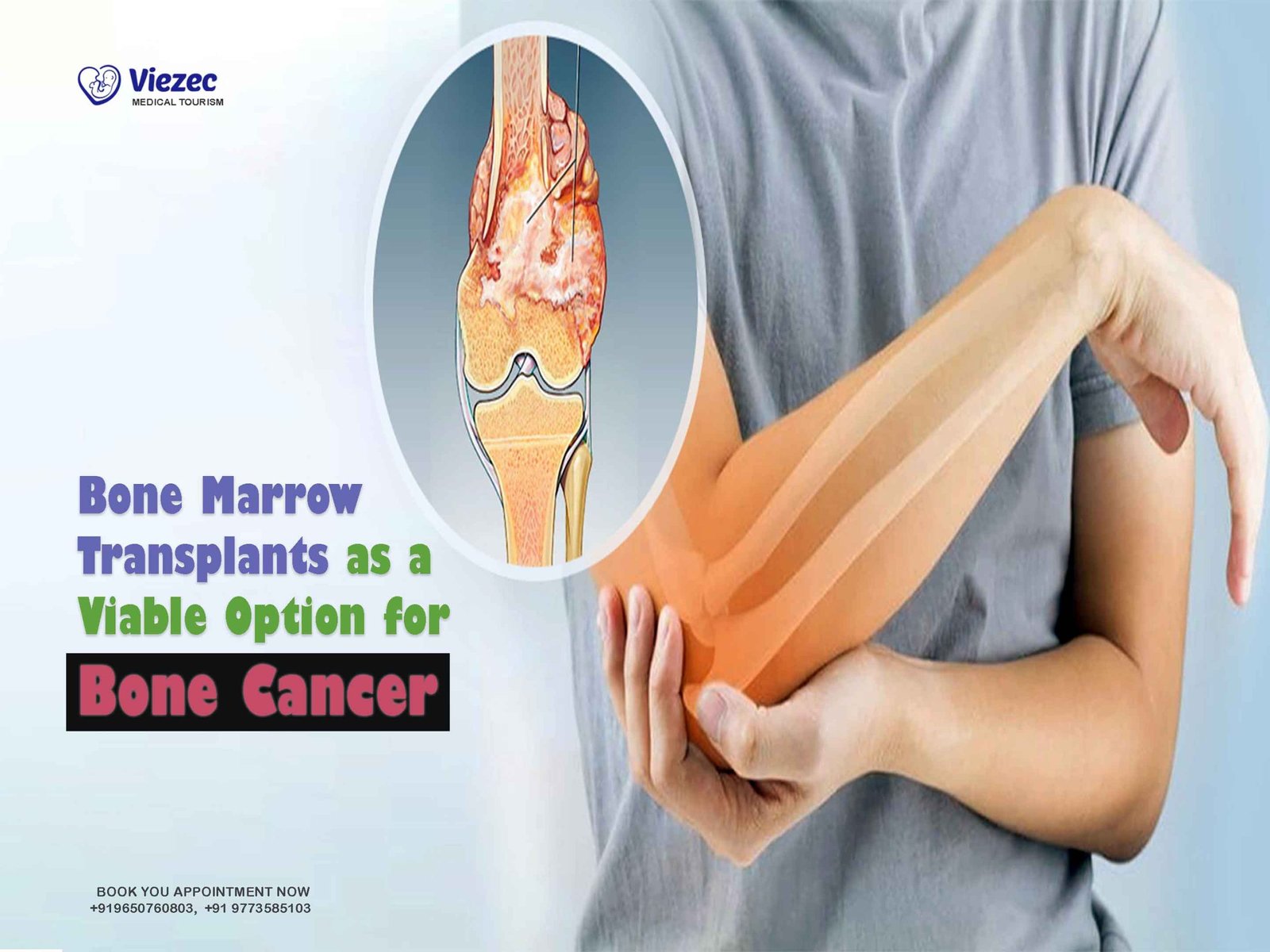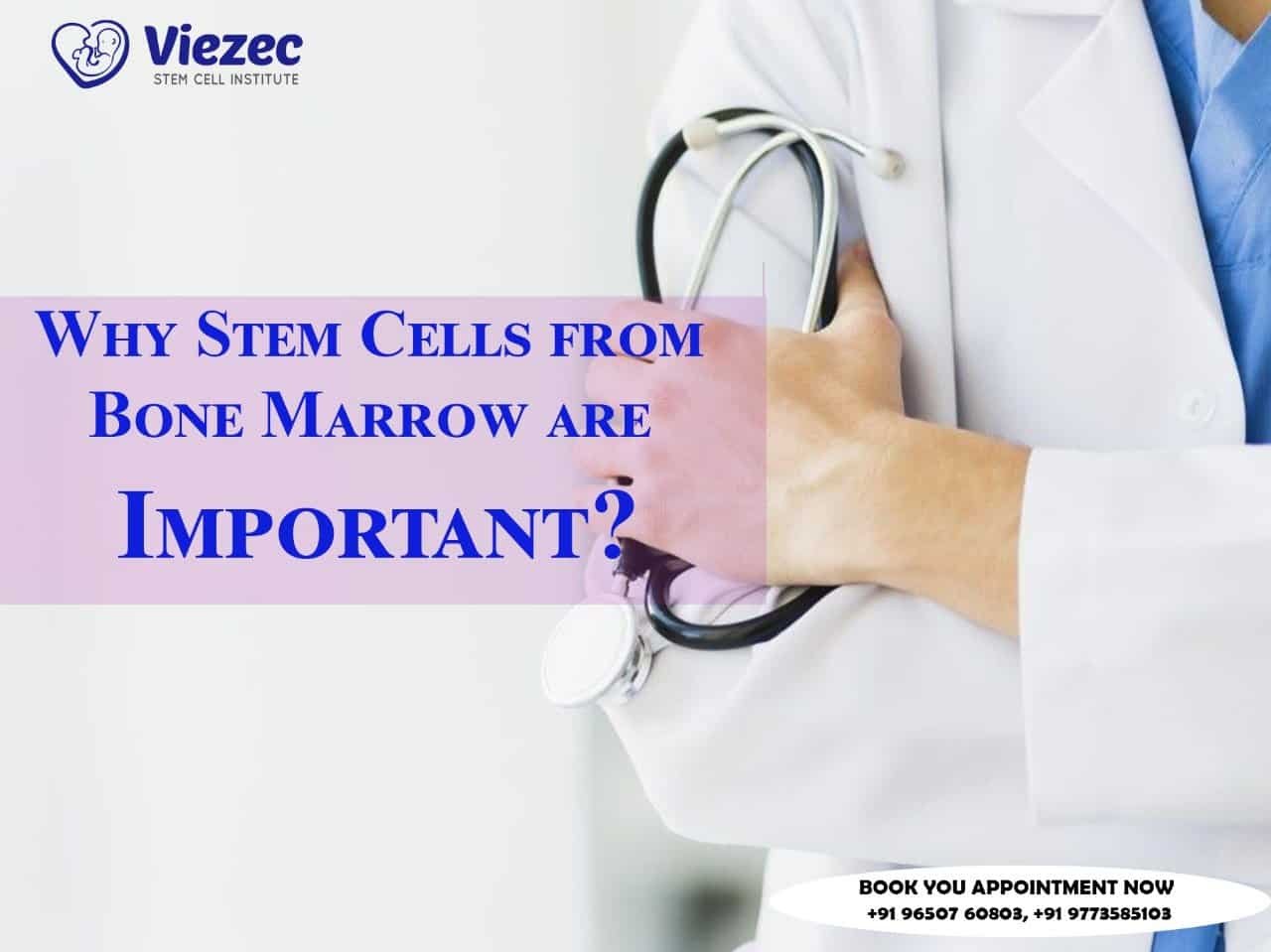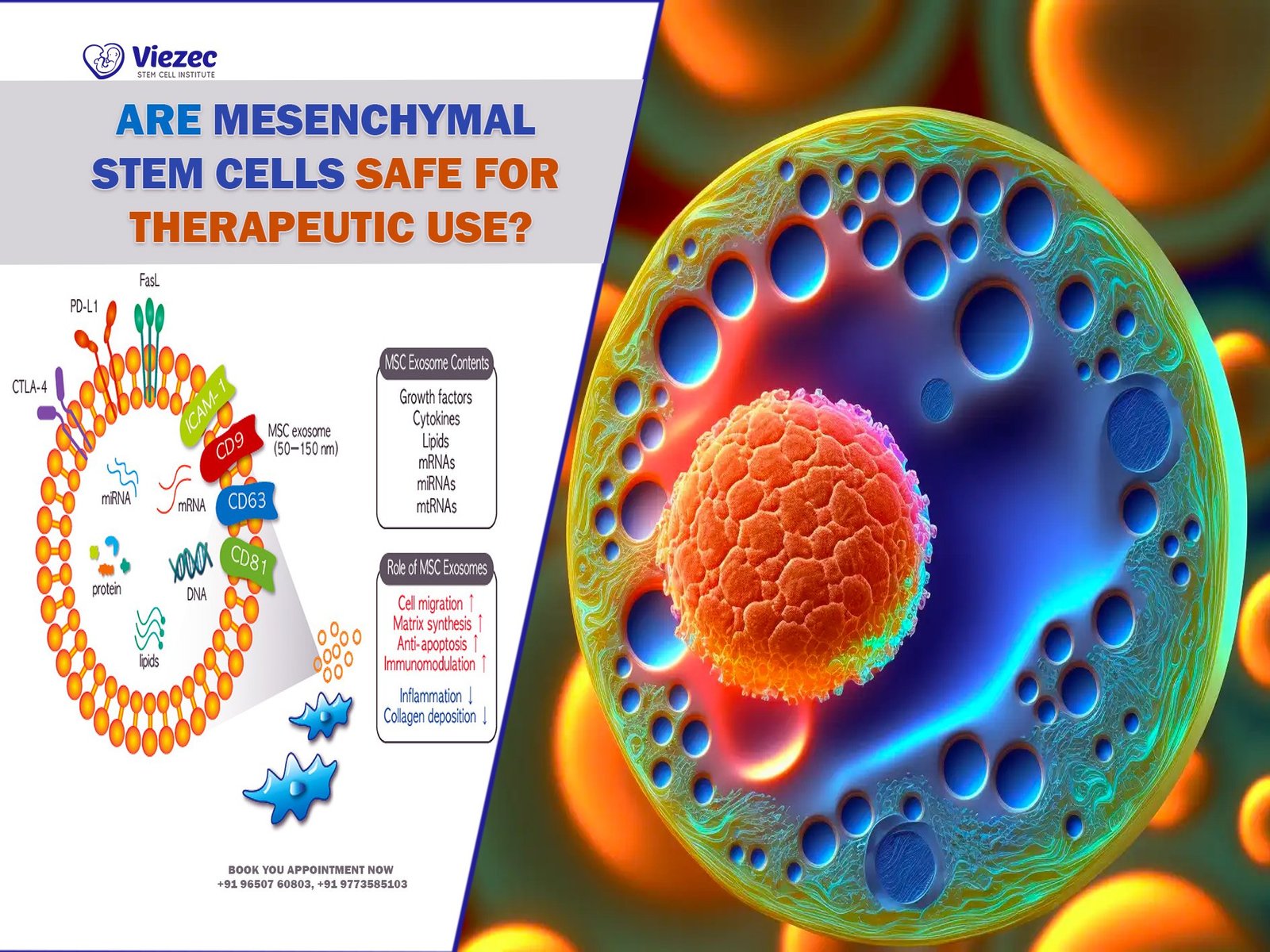In recent years, regenerative medicine has witnessed significant advancements, with stem cell therapy emerging as a promising avenue for treating various diseases and injuries. Among the diverse types of stem cells, mesenchymal stem cells (MSCs) derived from bone marrow have garnered immense attention due to their unique properties and therapeutic potential. This article delves into the intricacies of bone marrow-derived mesenchymal stem cells (BM-MSCs) and explores their applications as promising therapeutic agents across a spectrum of medical conditions.
Understanding Mesenchymal Stem Cells (MSCs)
MSCs are multipotent stromal cells capable of self-renewal and differentiation into various cell types, including osteoblasts, adipocytes, and chondrocytes. They can be isolated from various tissues, including bone marrow, adipose tissue, umbilical cord blood, and dental pulp. However, BM-MSCs remain one of the most extensively studied and utilized sources due to their abundance and efficacy in therapeutic applications.
Isolation and Characterization of BM-MSCs
Isolation Techniques
The isolation of BM-MSCs typically involves bone marrow aspiration from the iliac crest or sternum of donors under local anesthesia. Following aspiration, the bone marrow is processed to isolate MSCs using density gradient centrifugation or adherence to culture plates. These techniques yield a heterogeneous population of cells, with MSCs being characterized based on their adherence to plastic, fibroblast-like morphology, and expression of specific surface markers such as CD73, CD90, and CD105.
Characterization Methods
Various methods are employed to characterize BM-MSCs, including flow cytometry, immunocytochemistry, and gene expression analysis. Flow cytometry allows for the quantitative analysis of surface markers, providing insights into the purity and identity of isolated cells. Immunocytochemistry facilitates the visualization of specific proteins within cells, confirming their mesenchymal lineage. Additionally, gene expression analysis via techniques like qRT-PCR elucidates the expression levels of genes associated with stemness and differentiation potential.
Therapeutic Mechanisms of BM-MSCs
Immunomodulatory Properties
One of the hallmark features of BM-MSCs is their potent immunomodulatory capacity. These cells exhibit the ability to suppress both innate and adaptive immune responses through various mechanisms, including the secretion of anti-inflammatory cytokines such as interleukin-10 (IL-10) and transforming growth factor-beta (TGF-β). Moreover, BM-MSCs can inhibit the proliferation and function of T cells, B cells, natural killer (NK) cells, and dendritic cells, thereby attenuating excessive immune activation and fostering immune tolerance.
Differentiation Potential
While BM-MSCs possess multilineage differentiation potential, their therapeutic effects are not solely reliant on tissue regeneration. Instead, the paracrine activity of BM-MSCs plays a pivotal role in modulating the microenvironment and promoting tissue repair. By secreting a myriad of bioactive factors, including growth factors, cytokines, and extracellular vesicles, BM-MSCs orchestrate complex signaling cascades that stimulate angiogenesis, reduce fibrosis, and enhance endogenous repair mechanisms.
Homing and Migration
Following administration, BM-MSCs exhibit tropism towards sites of injury or inflammation, a phenomenon known as homing. This migratory capacity is mediated by chemotactic signals released by damaged tissues, including stromal-derived factor-1 (SDF-1) and inflammatory cytokines. Through their ability to home to specific target tissues, BM-MSCs exert localized therapeutic effects, augmenting the regeneration of damaged tissues and facilitating functional recovery.
Therapeutic Applications of BM-MSCs
Orthopedic Disorders
BM-MSCs hold immense promise for the treatment of orthopedic conditions, including osteoarthritis, bone fractures, and cartilage defects. These cells can differentiate into osteoblasts and chondrocytes, contributing to the regeneration of bone and cartilage tissues. Moreover, the immunomodulatory and anti-inflammatory properties of BM-MSCs mitigate the progression of osteoarthritis and enhance the healing process following fractures.
Cardiovascular Diseases
In the realm of cardiovascular medicine, BM-MSCs offer novel therapeutic avenues for myocardial infarction, ischemic heart disease, and heart failure. Through their pro-angiogenic effects, BM-MSCs stimulate the formation of new blood vessels, improving perfusion to ischemic myocardium. Additionally, BM-MSCs attenuate adverse cardiac remodeling and fibrosis, thereby preserving cardiac function and preventing the progression of heart failure.
Neurological Disorders
Neurological disorders such as stroke, traumatic brain injury, and neurodegenerative diseases pose significant therapeutic challenges. However, BM-MSCs demonstrate remarkable neuroprotective and neuroregenerative properties, offering hope for effective treatment strategies. These cells secrete neurotrophic factors that promote neuronal survival, neurite outgrowth, and synaptic plasticity, thereby facilitating neural repair and functional recovery in various neurological conditions.
Immune-Mediated Disorders
Autoimmune diseases and inflammatory disorders represent another area where BM-MSC therapy holds substantial promise. By modulating aberrant immune responses, BM-MSCs mitigate inflammation and tissue damage in conditions such as rheumatoid arthritis, multiple sclerosis, and inflammatory bowel disease. Furthermore, BM-MSCs induce the generation of regulatory T cells (Tregs) and regulatory B cells (Bregs), fostering immune tolerance and dampening autoimmunity.
Challenges and Future Directions
Standardization of Protocols
Despite significant progress, challenges persist regarding the standardization of BM-MSC isolation, expansion, and characterization protocols. Variability in donor characteristics, culture conditions, and cell processing techniques can impact the quality and efficacy of BM-MSC-based therapies. Therefore, efforts aimed at harmonizing protocols and establishing quality control measures are essential to ensure reproducibility and safety in clinical applications.
Enhancing Therapeutic Efficacy
To optimize the therapeutic efficacy of BM-MSCs, ongoing research focuses on enhancing cell survival, engraftment, and functionality post-transplantation. Strategies such as genetic engineering, preconditioning with growth factors or hypoxia, and encapsulation within biomaterials aim to augment the therapeutic potential of BM-MSCs and improve their retention and integration within target tissues.
Clinical Translation and Regulatory Approval
The translation of BM-MSC-based therapies from preclinical studies to clinical practice necessitates rigorous evaluation of safety, efficacy, and long-term outcomes in human trials. Regulatory agencies play a pivotal role in overseeing the development and approval of MSC-based therapies, ensuring compliance with stringent manufacturing standards and ethical considerations. Streamlining regulatory processes and fostering collaboration between academia, industry, and regulatory bodies are critical for expediting the clinical translation of BM-MSC therapies.
Bone marrow-derived mesenchymal stem cells represent a versatile and promising therapeutic modality across a diverse array of medical conditions. Their unique combination of immunomodulatory, regenerative, and homing properties holds immense potential for revolutionizing the treatment landscape in orthopedics, cardiology, neurology, and immunology. As research advances and clinical trials progress, BM-MSC-based therapies are poised to offer new avenues for addressing unmet medical needs and improving patient outcomes in the realm of regenerative medicine.









